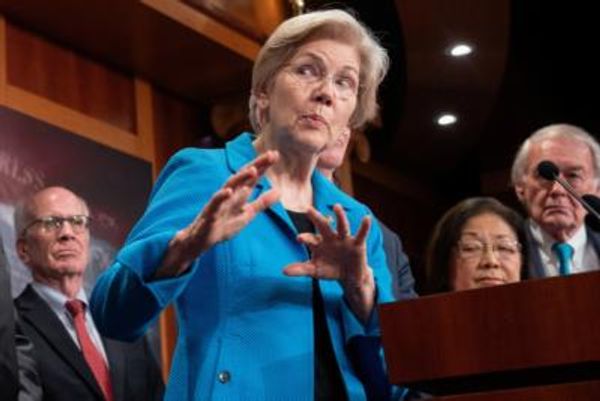
Coronavirus infection rates are falling in every local area in England just as all remaining restrictions are axed.
While analysis of UK Health and Security Agency (UKHSA) data suggests that infections are currently in decline across all 315 local authorities in England, government scientists have warned a “return to pre-pandemic behaviours” without any curbs in place could see infection rise by 25 to 80 per cent.
As of last Friday, official testing data suggests the rate of new infections has fallen week-on-week by at least 0.7 per cent in all areas – with case rates declining by nearly 50 per cent in some parts of the country.
The largest weekly declines came in Oadby and Wigston, Barking and Dagenham, Pendle, Runnymede, and Slough – which all saw infection rates fall by at least 45 per cent, according to the data.
By contrast, the areas which saw the least change – in comparison with the week to 11 February – were Copeland, Adur, Stroud, Test Valley, and Southend-on-Sea, the latter of which saw rates fall by nearly 10 per cent.
But infection rates in some areas remained close to the peaks seen at the height of the UK’s second wave in January last year, when most of the population had not yet received a single vaccine dose, but remain far below rates recorded during the larger subsequent wave driven by the Omicron variant.
The data suggests that the 10 areas with the highest rates are all in southern England.
The top three locations – Horsham, Worthing and Adur – are all in West Sussex, with the former seeing 858 people per 100,000 people test positive on 18 February.
However, with these figures including only those who have reported themselves as testing positive for coronavirus, the Office for National Statistics’ (ONS) weekly infection survey – which extrapolates the results of swabs of tens of thousands of people to estimate overall prevalence – is thought to provide a significantly more accurate reflection of the scale of infections nationwide.
The latest infection survey suggests that around one in 20 people in private households in England had coronavirus in the week to 12 February, equating to 2.4 million people.
This is down from one in 1 – or 2.8 million people – the previous week. However, infections are still higher than they were before Christmas, when the estimate stood at one in 25, or two million people.
As part of the government’s strategy for “living with Covid”, the prime minister has announced that the legal requirement to isolate after a positive test will be scrapped from Thursday, with routine contact tracing and self-isolation payments also coming to an end.
Transport for London has announced that face coverings will no longer be legally required from Thursday, although passengers are “strongly recommended” to continue wearing masks.
Free universal testing is also set to be axed on 1 April, while the ONS’s weekly testing survey cited above is to continue in a “scaled-down” form, despite providing the most accurate picture of the virus’s prevalence.
To combat the threat posed to the most vulnerable, those aged over 75, care home residents and immunosuppressed groups are to be offered an additional Covid booster dose from April.
But papers from the Scientific Advisory Group for Emergencies (Sage) published days prior to the move this week show that government modellers have warned transmission could increase by between 25 per cent and 80 per cent if people “return to pre-pandemic behaviours” without any mitigations in place.
Dr Simon Clarke, an associate professor in cellular microbiology at the University of Reading, warned that while the government’s move to abandon compulsory isolation “might be politically brave”, it could “end up exposing a lack of defences against even this wave, let alone any new more dangerous variants”.
“It seems to be a government pantomime geared towards persuading people that it’s all over.
“Allowing infections to run riot in the community and be transferred into hospitals, which they will probably end up being unfairly blamed for again, will just cause more problems in vulnerable patients.”
Chris Hopson, chief executive of NHS Providers, said this week that there are “many in the NHS who are concerned about the potential impact of these decisions”.
He added: “It’s therefore vital that the government should keep an open mind and be ready, for example, to restore those elements of the testing and surveillance regimes should they be needed.”







